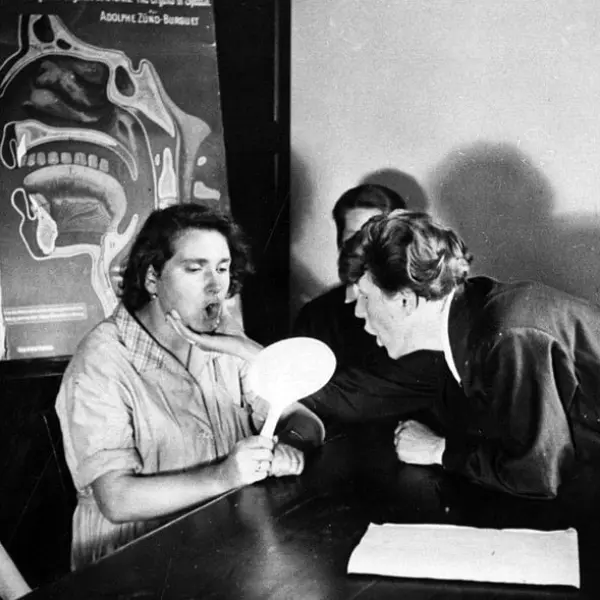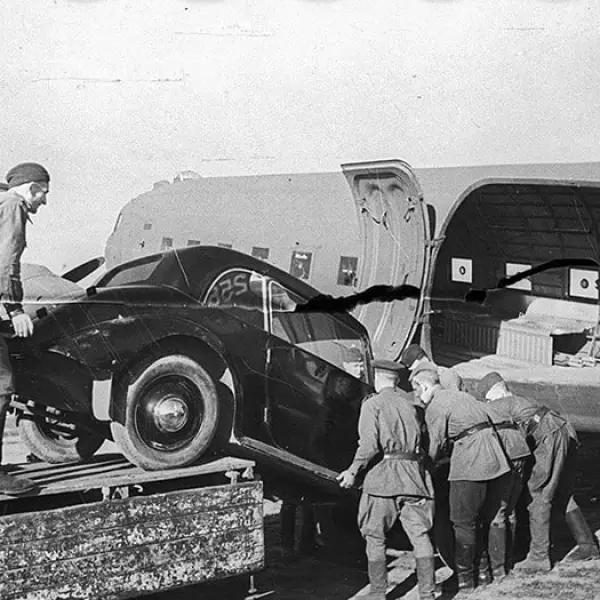Hyperinflation in Germany
German kids are playing with bundles of depreciated money. Hyperinflation. Germany. 1923.
The **hyperinflation in Germany in 1923** was one of the most extreme cases of inflation in modern history. It was a consequence of a combination of factors, primarily the economic and political instability following **World War I**, the terms of the **Treaty of Versailles**, and the economic policies implemented by the Weimar Republic.
After the end of World War I, Germany faced massive economic difficulties. The Treaty of Versailles, signed in 1919, imposed harsh reparations on Germany, forcing it to pay substantial financial compensation to the Allied powers. This debt burden put significant strain on the German economy.
In response to this, the German government began printing large amounts of money to pay off its reparations and fund its ongoing economic needs. However, this decision led to a dramatic devaluation of the German **Mark**. As the government continued printing money, it caused the value of the currency to plummet, triggering runaway inflation.
By **1923**, the situation reached catastrophic levels. Prices for goods and services skyrocketed at an extraordinary pace. The value of the German Mark became worthless, and people needed wheelbarrows full of money just to buy basic items like bread. Workers were often paid twice a day because the value of their wages would be so low by the end of the day that they wouldn’t be able to afford anything.
The inflation was not only devastating for ordinary Germans but also created chaos in the financial and business sectors. People’s savings were wiped out, and the middle class, in particular, suffered the most as their life savings were rendered useless.
One of the most notorious symbols of this hyperinflation is the **1923 German banknotes**. They became increasingly absurd in value—sometimes in the billions of Marks—and often depicted surreal and impractical amounts of money that were virtually unusable.
The hyperinflation crisis reached its peak in late **1923**, when the German government, under the leadership of **Chancellor Gustav Stresemann**, introduced a new currency, the **Rentenmark**, to stabilize the economy. The introduction of this new currency, along with more conservative fiscal policies, helped to restore some stability to the German economy and put an end to the hyperinflation crisis.
The effects of hyperinflation in 1923 were long-lasting. It severely damaged the public’s faith in the government and the Weimar Republic, contributing to the political instability that would later fuel the rise of extremist parties, including the **Nazi Party**, in the 1930s. The social and economic consequences of this period played a crucial role in shaping the political landscape of Germany in the years leading up to World War II.
The **hyperinflation in Germany in 1923** was one of the most extreme cases of inflation in modern history. It was a consequence of a combination of factors, primarily the economic and political instability following **World War I**, the terms of the **Treaty of Versailles**, and the economic policies implemented by the Weimar Republic.
After the end of World War I, Germany faced massive economic difficulties. The Treaty of Versailles, signed in 1919, imposed harsh reparations on Germany, forcing it to pay substantial financial compensation to the Allied powers. This debt burden put significant strain on the German economy.
In response to this, the German government began printing large amounts of money to pay off its reparations and fund its ongoing economic needs. However, this decision led to a dramatic devaluation of the German **Mark**. As the government continued printing money, it caused the value of the currency to plummet, triggering runaway inflation.
By **1923**, the situation reached catastrophic levels. Prices for goods and services skyrocketed at an extraordinary pace. The value of the German Mark became worthless, and people needed wheelbarrows full of money just to buy basic items like bread. Workers were often paid twice a day because the value of their wages would be so low by the end of the day that they wouldn’t be able to afford anything.
The inflation was not only devastating for ordinary Germans but also created chaos in the financial and business sectors. People’s savings were wiped out, and the middle class, in particular, suffered the most as their life savings were rendered useless.
One of the most notorious symbols of this hyperinflation is the **1923 German banknotes**. They became increasingly absurd in value—sometimes in the billions of Marks—and often depicted surreal and impractical amounts of money that were virtually unusable.
The hyperinflation crisis reached its peak in late **1923**, when the German government, under the leadership of **Chancellor Gustav Stresemann**, introduced a new currency, the **Rentenmark**, to stabilize the economy. The introduction of this new currency, along with more conservative fiscal policies, helped to restore some stability to the German economy and put an end to the hyperinflation crisis.
The effects of hyperinflation in 1923 were long-lasting. It severely damaged the public’s faith in the government and the Weimar Republic, contributing to the political instability that would later fuel the rise of extremist parties, including the **Nazi Party**, in the 1930s. The social and economic consequences of this period played a crucial role in shaping the political landscape of Germany in the years leading up to World War II.
Accessories
Animal
Baby
Bag
Boy
Canine
Child
Dog
Female
Girl
Hand
Handbag
Male
Mammal
Person
Pet
tags.Body Part
Contributed by OldPik on January 6, 2025
Image

You must be logged in to comment on the photos.
Log in
Log in














No comment yet, be the first to comment...